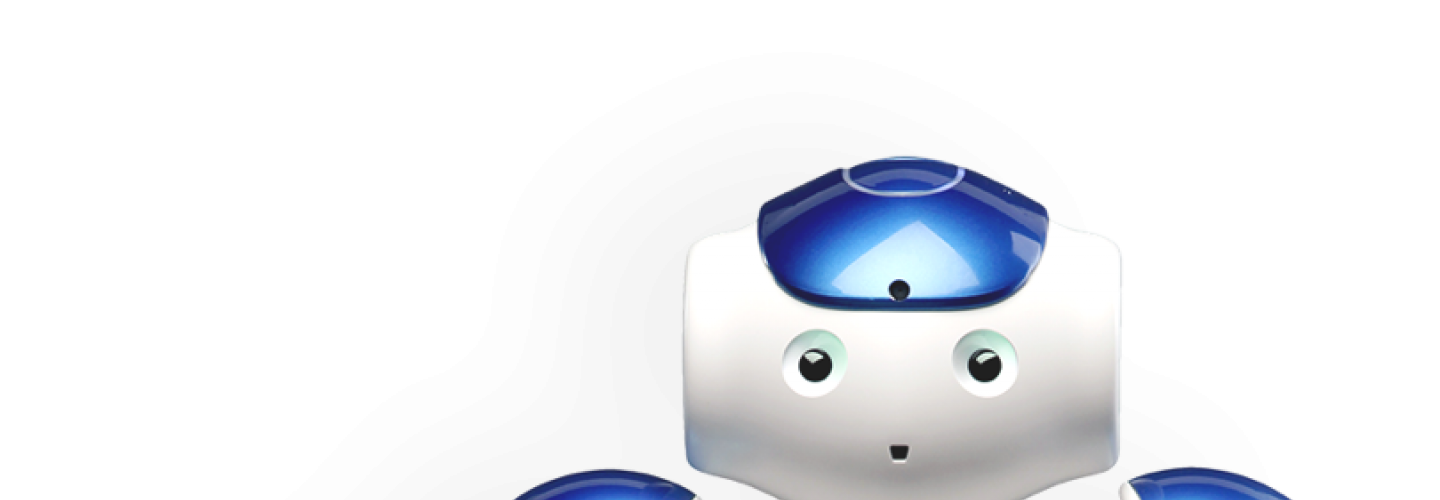
ZoraBots sets up in the United States
ZoraBots sets its sights on the US healthcare market. Over the past two years, the Zora Solution, Zora Bots’ flagship product, has gained global interest as the up and coming interactive technology platform for the healthcare and elderly care sectors. ZoraBots, who recently signed an official partnership agreement with SoftBank Robotics, is now coming to the US market in hopes to introducing a new way to interact and engage patients and their loved ones.
Dr. Phil Parker (Southcare Robotics, Tennessee), was one of the first doctors to adopt the Zora Solution in the country. Dr. Parker’s motivation stemmed from his young son, who at the time was battling cancer, and finding a way to bring him joy and engagement in the hospital setting. However, the doctor quickly realized the potential of the solution and the benefits it could have for other children in other hospitals and care facilities throughout the US. When he first found out that his young son was suffering from cancer and that daily life activities would soon become harder, both mentally and physically, Dr. Phil Parker looked for a solution that would be able to support his son through the difficult times ahead. Upon first hearing of the Zora Solution, Dr. Parker left his hometown in Tennessee to meet the ZoraBots team in Europe. After seeing the solution in action the doctor stated: « I knew right away that I had found the perfect tool and humanoid fellow to help my son. And later, I thought Zora could also meet other sick kids in Tennessee or anywhere else in United-States ».
Designed by ZoraBots, the Zora Solution is the first software able to give life to humanoid robots and make them an efficient tool in healthcare facilities. In hospitals, treatment centers, nursing homes and care centers, this small robot, standing just under 58 cm tall (a NAO robot, manufactured by SoftBank Robotics), has been adopted as an interactive and engaging tool that makes it possible to improve patient care significantly. The robot is a perfect tool for entertaining patients, surprising them, and creating unforgettable moments. Zora can tell stories to kids before bedtime, help them understand and process their illness and treatment, and reduce their stress during their stay in the hospital. Zora can play music, sing, dance or lead a physiotherapy session. « It really changed the life of my son and, furthermore, it also changed the way I see my job as a doctor », Dr. Phil Parker said.
Humanoid robotics is entering a new dimension
ZoraBots is now set up to enter US market with its solution thanks to the company’s newly established subsidiary
in San Francisco, CA and thanks to the support of Chartacloud ROBOTTECA, which is a Zora certified reseller. Designed and developed to universalize the use of humanoid robots, the Zora Solution is now available to the worldwide market through humanoid robotics, such as NAO, the most popular humanoid robot in the world.
« Humanoid robotics is entering a new dimension», explain Fabrice Goffin and Tommy Deblieck, joint CEOs of ZoraBots who believe that one of the key reasons for ZoraBots' success is the ease of its software. « Our vision has always been to create a solution that would allow everyone, regardless of whether they are adept at using new technologies, to imagine their profession and their everyday life differently through the intuitive use of an undeniably versatile and likeable robot. Every day, robots can assist men rather than replace them »
Thanks to the very intuitive and seamlessly intelligent software, the Zora solution designed by Zora Bots, makes robots not only a tool but a cute, interactive friend for both caregivers and patients. Dr. Phil Parker now hopes the use of this solution will grow in use within the country. A recent pilot study for the International Journal of Rehabilitation Research just confirmed the benefits of the Zora humanoid robot solution in rehabilitation and special education with severe disabilities. With its arrival in the United-States, ZoraBots strives for a new way to interact with humanoid robots in the US healthcare sector. « Our goal is to prove that while cutting-edge technology can be amazing it can also be easy to use and benefit everyone ».